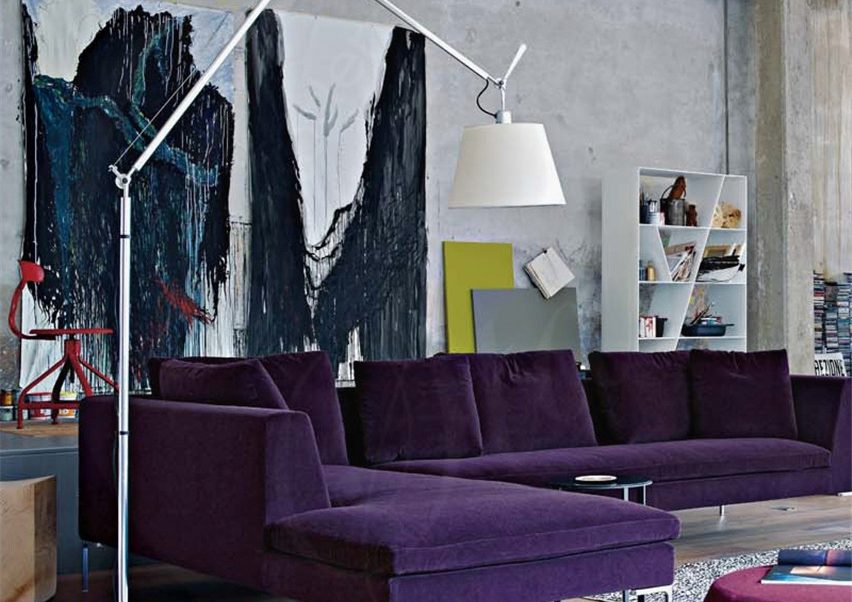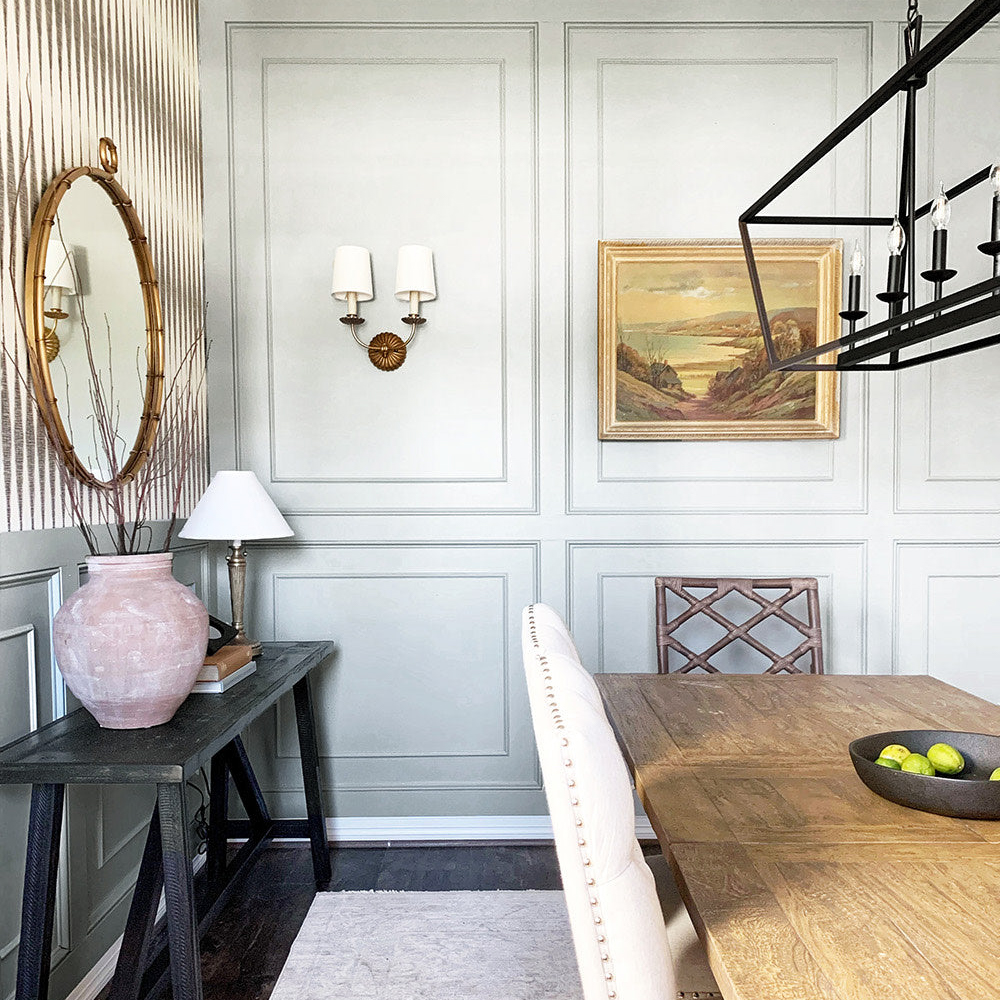Introduction
Flush ceiling light fittings are an increasingly popular choice for homeowners looking to add a touch of style and functionality to their living spaces. These fixtures are designed to sit flush against the ceiling, creating a sleek, modern look that complements any décor. In this article, we’ll take a closer look at flush ceiling light fittings, exploring their benefits, how they work, and what to consider when choosing one for your home.
Benefits of Flush Ceiling Light Fittings
Flush ceiling light fittings offer several benefits over other types of light fixtures. For one, they take up less visual space than pendant or chandelier lights, which can make your room feel more spacious and less cluttered. Additionally, because they are flush against the ceiling, they’re less likely to get in the way or be accidentally bumped into. This makes them a great choice for homes with low ceilings, or for rooms where you want to maximize floor space.
Another benefit of flush ceiling light fittings is that they’re incredibly versatile. You can find these fixtures in a wide range of styles, from modern and minimalist to classic and traditional. Whether you’re looking for something understated and elegant or bold and eye-catching, there’s a flush ceiling light fitting to suit your needs. Plus, many of these fixtures come with dimmer switches, giving you complete control over your lighting and helping you set the perfect mood for any occasion.
How Flush Ceiling Light Fittings Work
Flush ceiling light fittings are typically made up of two main components: the base and the fixture itself. The base is what attaches the fitting to the ceiling and typically has a cover plate that hides any wiring or hardware. The fixture is the part of the fitting that emits light and can range from simple, unadorned bulbs to more elaborate designs with shades, crystals, or other decorative elements.
To install a flush ceiling light fitting, you’ll need to first determine where you want it to go and mark the location on your ceiling. You’ll then need to shut off the power to that area of your home and remove any existing light fixtures or hardware. Next, you’ll mount the base of the fitting to the ceiling, making sure to secure it properly and follow the manufacturer’s instructions. Once the base is in place, you can attach the fixture itself and turn the power back on to test your new light.
Choosing the Right Flush Ceiling Light Fitting
When choosing a flush ceiling light fitting for your home, there are several important factors to consider. First and foremost, you’ll want to think about the style and design of the fixture. Do you want something simple and modern or ornate and traditional? What colors and materials will work best with your home’s existing décor? These are all questions to consider when selecting a fitting.
Another factor to consider is the size of the fitting. Flush ceiling light fittings come in a range of sizes, and you’ll need to choose one that’s appropriate for the room you’re putting it in. A small fixture may look out of place in a large, open room, while a large fixture can overwhelm a smaller space.
You’ll also want to think about the type of bulb you want to use with your fitting. LED bulbs are a popular and energy-efficient choice, but they can be more expensive up front. On the other hand, incandescent bulbs are less expensive but don’t last as long and use more energy. You’ll need to weigh the pros and cons of each type of bulb and choose the one that best fits your needs and budget.




